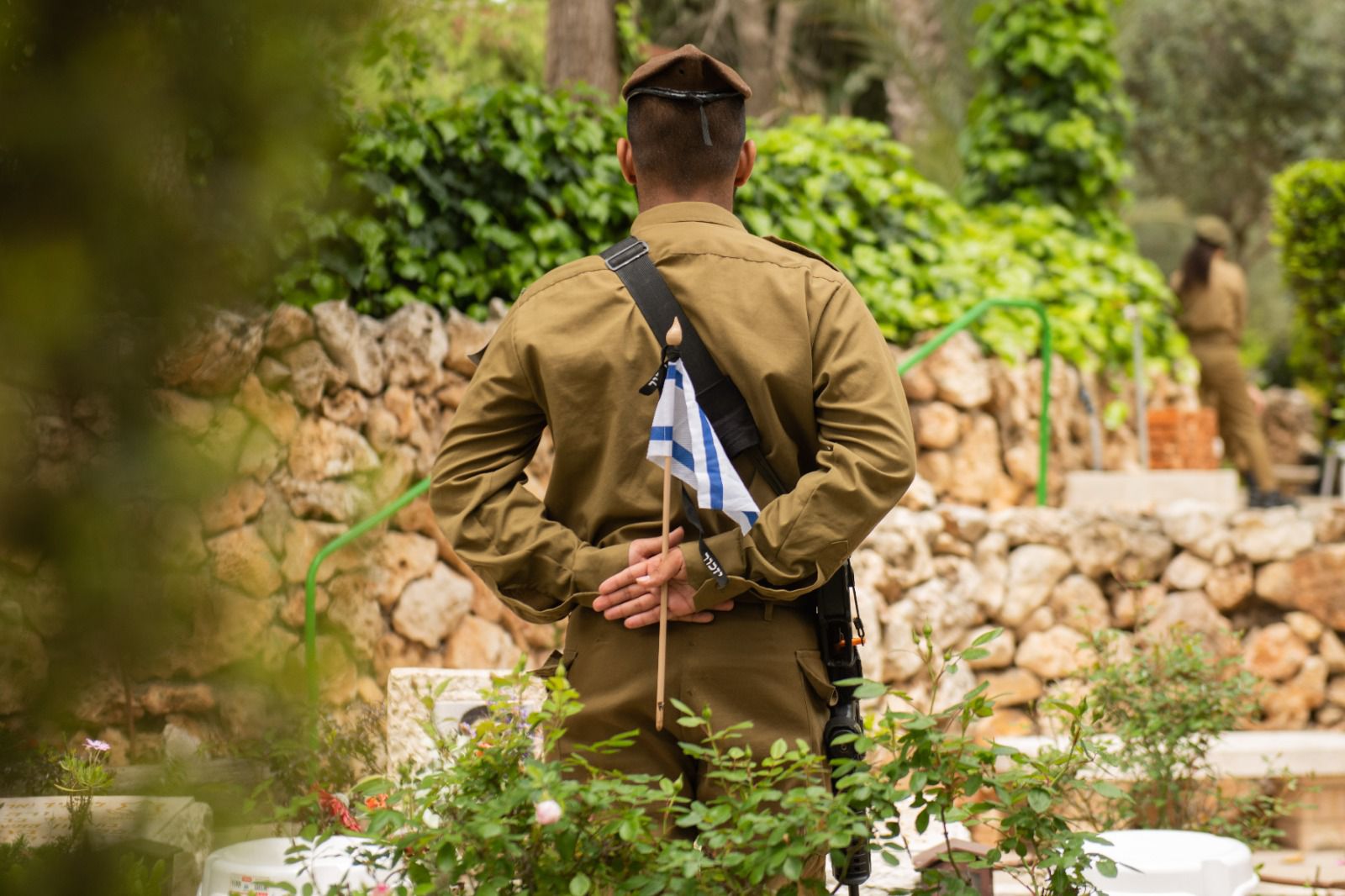As both a parent and educator, I find myself using the phrase, “What’s your plan?” countless times throughout the week. Whether in response to my own child remarking that he left his math textbook at school and cannot do his homework, or a student coming to let me know that he has two Shabbatonim on the same weekend, my response is typically, “What’s your plan?”
These simple words are empowering. They inherently validate the individual’s concern or dilemma by virtue of merely being heard, and simultaneously shift the responsibility back on him to become a problem solver. Quite often the reaction to “What’s your plan?” is an effective and thoughtful solution going forward, such as, “I’ll borrow the textbook from my friend across the street,” or “I’ll go to the school Shabbaton since I went to the Yachad Shabbaton last time.”
These three words are key in creating solution-oriented individuals.
Over the past 12 years, I have had the privilege of working with individuals who have developmental disabilities. Although this experience is unquantifiable, I feel as though I have learned from these students more than I have taught them. I have learned to give the benefit of the doubt, to focus on one’s strengths, to live and breathe tolerance, patience and acceptance. I have also learned how hard it is to undo learned helplessness. Righteous parents have raised these special children since birth, creating comfortable homes, providing love, enhancing their learning, reinforcing therapies, always looking ahead, and never giving up on their child’s potential. Fast-forward to high school and I often see a capable young adult whose mother still selects her clothing the night before school, cuts the crust off of her pb&j, and sends in a note to her teacher about the wedding she attended the night before resulting in excessive tiredness. Please do not misunderstand. I am not criticizing protective, caring, responsible parents. I am merely pointing out that those three words (“What’s your plan?”) usually have not been heard too often before. Parents and caregivers are shouldering the responsibility of all of their child’s plans, all of the time.
Planning can be incorporated into any task or activity with ease, often resulting in priceless learning and growth. When I walk into a classroom and see a checklist on the board indicating the plan for that day’s lesson, I am usually in the midst of a well-managed classroom defined by engaged students and a relaxed, confident teacher. Students know what to expect, see and understand the sequence of the lesson, and demonstrate compliance and motivation to learn. Although school-related planning is often initiated in the classroom, it can lead to accomplishments in the community as well. Life-skills learning is full of planning. When faced with a number of necessary errands, we often inherently plan the sequence based on location, duration of task and priority. This type of planning increases time management, logical reasoning and responsibility. Students learn to create a plan based on criteria and not merely personal preference. Shopping and cooking rely on careful planning to ensure that all items are located and purchased, or that the recipe is followed accurately.
Many children present with varying degrees of anxiety, impacting their social, emotional and academic progress. Whether it appears as hesitancy to enter a room full of unfamiliar people, trying a new food or sleeping away from home for a night, our children lack the necessary plan. They do not know what to expect. Creating a concrete plan together with the child empowers that individual through information. We adults are no different. How often do we ask how long the lecture will be? Are they serving meat or dairy at the dinner? Is there traffic on the highway? We are all asking for the same thing: the plan. We want to know as much as possible ahead of time so that we can be in the right mindset, organize our other needs and ease our anxieties. Children deserve no less.
Let’s start by modeling how to plan. Practically speaking, this sounds like thinking aloud in front of others. When I walk into a classroom to teach and there seem to be no available dry erase markers, I can either ask a student to go get some, get them myself, or think aloud, which sounds like this: “Hmmm, I’m missing something that I need. My plan is to check if there are extra markers next door. Maybe next time I’ll plan to bring one with me into class just in case.”
Alternatively, when I’m at home juggling three different carpools to multiple locations, I can either just get it done or I can talk through the plan. “First we’ll drop off your brother at swimming, then we’ll come back and get your sister, and afterwards, we’ll swing by the bus stop and see if your father needs a ride.” I think you get the drift. We are often planning in our heads, and those around us can, at times, benefit from hearing those thoughts and plans.
Sometimes it is beneficial to plan for a change of plans. This looks like deliberately shuffling the expected schedule of the day or sequence of an activity. The idea is not to confuse or add stress, but rather to plan for the need to be flexible. Many children with special needs have a difficult time being flexible. This can present as challenging in the classroom and in life. Perhaps the hot lunch menu was changed without prior notice, your dad went on an unexpected business trip, or your teacher was absent one day. Building flexibility into one’s plan can help each individual anticipate these stressful moments and even plan for them.
In a classroom of young children, the day usually begins with circle time or morning meeting. This is an ideal time to incorporate a plan for flexibility. As you go through the schedule of the day, incorporate creative outlets such as “you choose” (a time slot during the day when a child must choose an activity on behalf of the class.) Alternatively, the schedule itself can hold a spot that says “change of plans,” which by definition prepares the children to plan for a change. Planning is not a solution to all challenges, but it can be a successful strategy towards flexibility, organization and independence.
In the classroom we are presented with students who have many strengths, as well as challenges. One example is that of a student who has a weak memory and has accepted a certain reality that he just isn’t going to know the answers. He proceeds to guess, looks down, leaves the room for a break, or forgets to bring his work. A teacher dealing with one such student recently relayed a breakthrough to me.
The teacher had been trying to help the student accept that looking in the text to find the answer is not cheating or giving up. The goal is not to memorize but rather to own the skill of where to look. “The plan,” he said, “is to use the book to help you find the answer.” This may have been the cause of the breakthrough. The student now knew that looking in the book was actually part of the plan.
Life isn’t about testing you to see how much you know, remember, can relay, or express. It is about empowering you to have the tools at your fingertips to be able to figure out each next step. So when your child, neighbor, student, or friend comes to you with a problem, put on your most genuine, sympathetic face, look them straight in the eyes, and simply ask, “What’s your plan?”
By Esther Klavan










